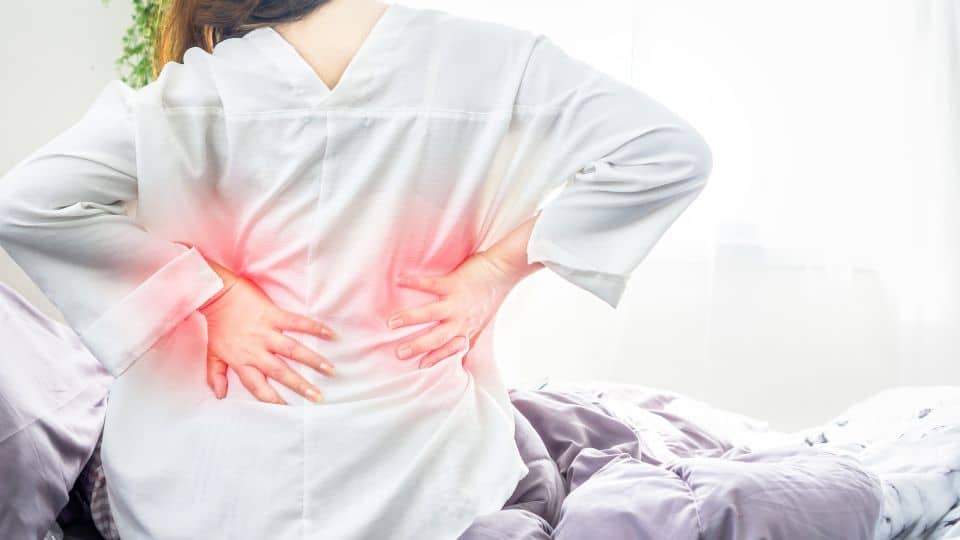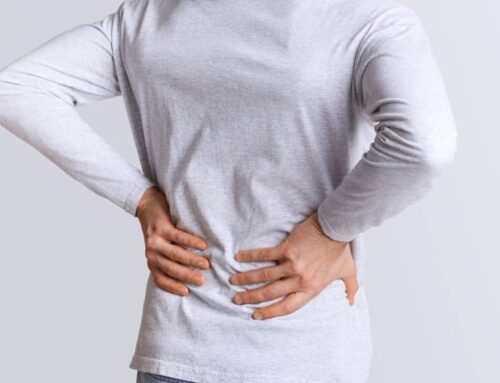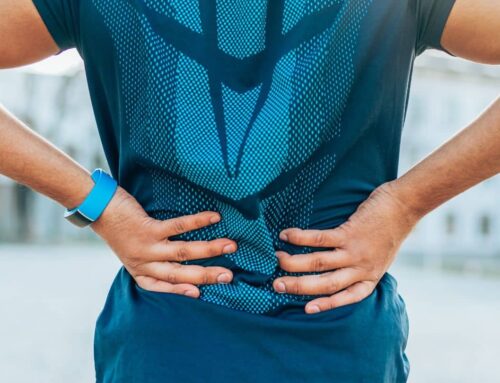Do you ever experience lower back pain after a workout? If so, you’re not alone. Many people experience this type of pain, and several causes exist. Gym enthusiasts, athletes, and everyday exercisers can all be susceptible to lower back pain after a workout.
Lower back pain may make sleeping, sitting, moving around, and even walking difficult. For example, while sleeping, you may be uncomfortable due to pain. This lower back pain can cause stiffness and soreness and make it challenging to move around after a workout.
Read more: Tips for Sleeping Comfortably When You Have Lower Back Pain.
We will discuss the leading causes of lower back pain after a workout and what can be done to prevent and reduce it.
1) You May Have Overdone It
Many people face lower back pain after a workout due to overexertion. It can lead to injury if you attempt too much weight or do exercises with improper form. When attempting any new exercise or activity, it’s important to begin slowly and gradually increase resistance.
For example, strenuous exercises like squats, deadlifts, and HIIT can be incredibly taxing on the lower back if done incorrectly. When performing these exercises, it’s essential to use proper form and start slowly with low weight or resistance.
2) Your Muscles Have Been Overworked
If you’ve pushed your body too hard during a workout, the strain can cause lower back pain. Lifting weights too heavy or doing exercises without proper form and technique can lead to soreness and injury. To prevent this overtraining, pay attention to how your body feels as you exercise. If any movement feels uncomfortable or unnatural, take a break and avoid pushing yourself too far.
You should also be mindful of how often you exercise the same muscle group in one week. Overworking your muscles can not only lead to pain but can also impede progress and lead injury. Make sure you give your body enough rest and recovery time between workouts so your muscles can heal.
3) You May Have Venous Insufficiency
Venous insufficiency, a medical condition in which the veins cannot adequately return blood from the lower extremities back to the heart, is another potential cause of post-workout pain. The pressure builds up in your legs, and then you get venous pooling—the pooling of blood in one area, which can also lead to lower back pain. A physical therapist or doctor can diagnose this condition and help you find the right treatment plan if necessary, which may include wearing compression stockings or performing exercises designed to improve circulation in your legs.
4) You May Have Pinched a Nerve
Working out can sometimes cause you to pinch a nerve in your lower back, which will lead to pain and discomfort. If this happens, you must rest and allow the nerve time to recover before returning to exercising.
Pinching a nerve can be caused by repetitive motions performed during exercises, such as running or heavy lifting. It can be caused by poor posture during exercise. To prevent nerve pinching, always focus on good form and technique when exercising, and avoid overextending your body.
If you experience shooting pain in your lower back during a workout that does not go away after resting for a few minutes, you may have pinched a nerve and should stop your exercise routine.
For expert pain specialists in Chicago, contact the Pain and Spine Institute. We provide personalized care to help you find relief from lower back pain caused by exercise.




